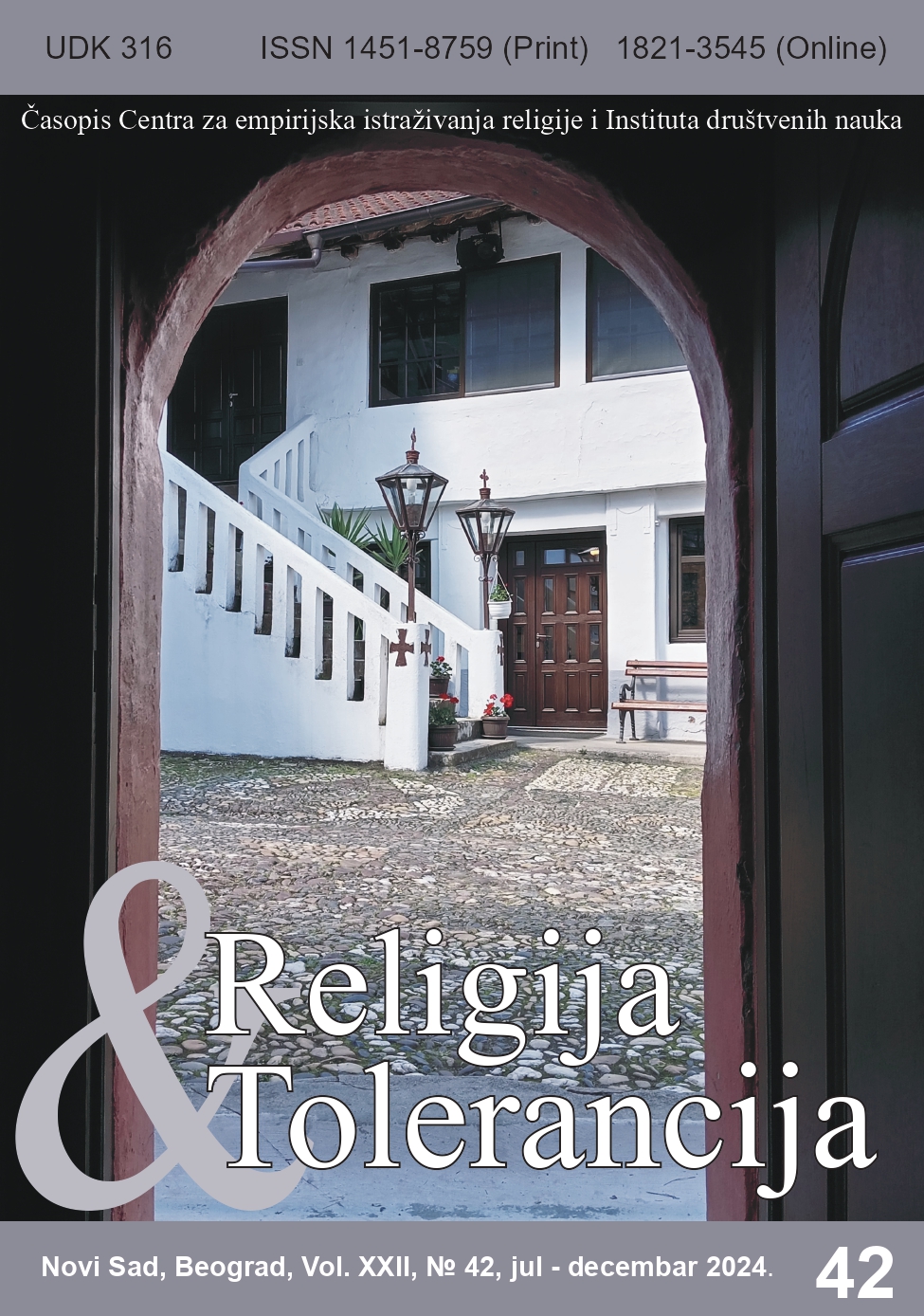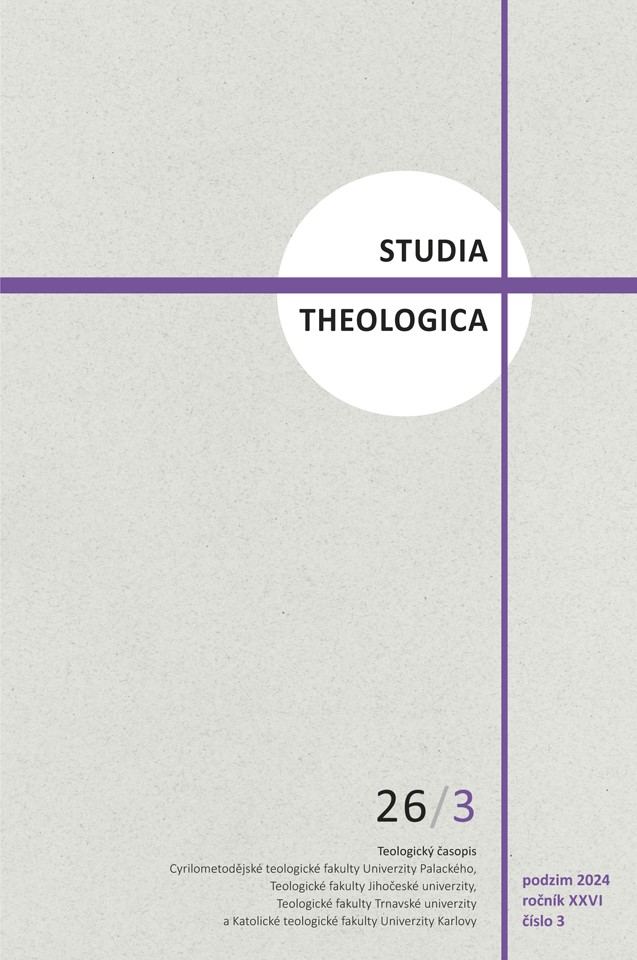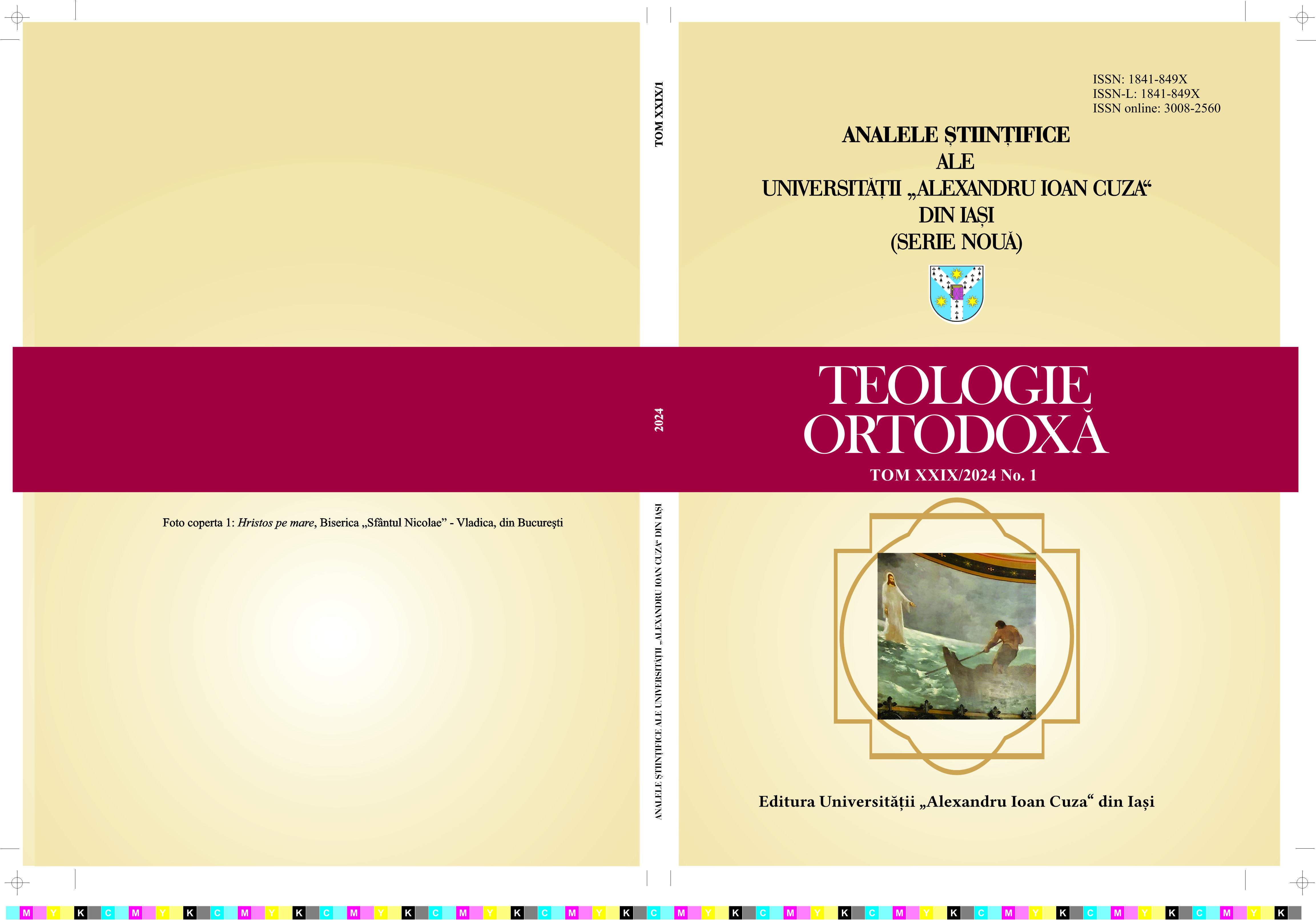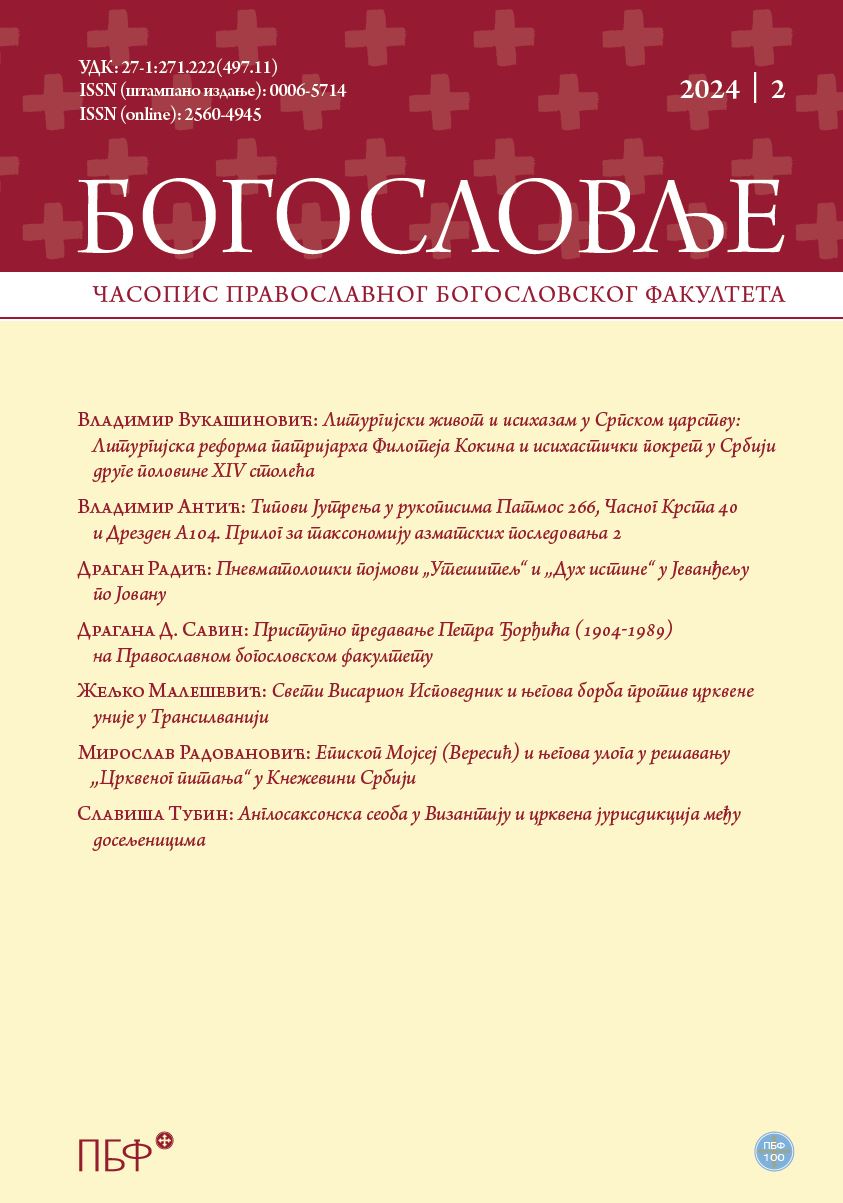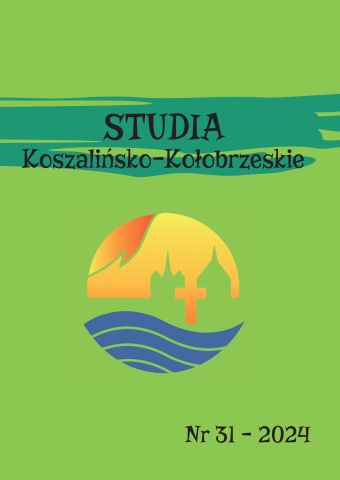
Chleb żałoby (Oz 9,4) – praktyka żałobna czy znak jej zakończenia?
Hosea’s phrase “bread of mourning” (Ho 9,4) is often combined with other similar prophetic utterances (Jr 17,7; Ez 24,17.22). However, the practice of eating bread during mourning is not consistent with information about fasting during mourning. Some researchers believe that this may be a kind of meal marking the end of the mourning period (Hi 42,11). In Dt 26,14 it is clearly distinguished from another custom – offering food to the dead (Tb 4,17; Syr 30,18; Ps 106,28; Bar 6,26) and – as in Hosea’s statement – such meals are treated as impure. This may suggest that in fact it was an alternative way of behaving for mourners to fasting. On the other hand, it cannot be ruled out that in fact it was only food eaten by mourners who were still mourning but were already encouraged to end it (a sign of returning to “the world of the living”).
More...
